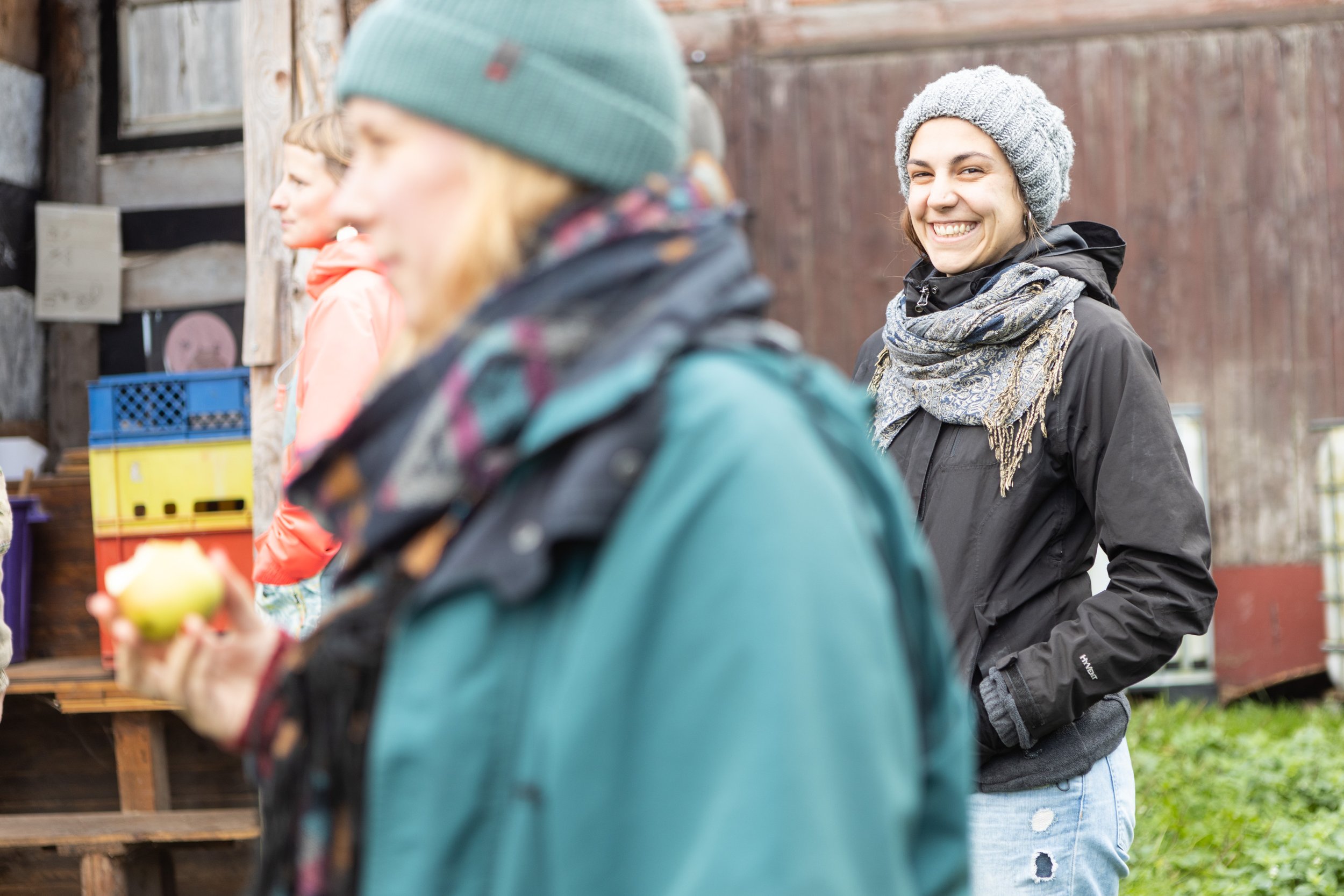Session 6: Basics of Soil
COVID-19 Community Resilience & Permaculture Course
Session 6: Basics of Soil
Why soil is the basis of all life and why we have to protect it?
After finishing this first session you will:
Know why we need to protect global soils
Understand what soil actually is made of
See how soil is built
Be able to find out what the soil in your specific area is like
Watch the video, read the text, and finish the learning exercise to complete this session and week three of our Permaculture & Resilience free online course.
Additional Video to understand the carbon storage capacity of soil
Why is soil so important?
You might think of soil as dirt. But actually it is gold and it is the basis of all life on this planet! Soil has so many benefits for us as humans and all the beings around us. Think about plants and trees; they couldn’t survive without it. We, humans, are completely dependent on plants and nutrients as they provide us with all nutrients we need to survive (95%of global food is produced using soil). Soil is feeding the world! And one step further; without trees and plants, there would be no air for us to breathe. Furthermore, soil is creating habitats for so many creatures. Earthworms, ants, bugs, beetles. Those tiny creatures are just a few of the habitats in the soil. And even beyond that, let’s think about water. Soil acts as huge water storage and it filters and purifies water as well.
Another biggie is carbon storage. Soil contains 2 to 3 times more carbon than the atmosphere. If we humans can restore soils in a way that it can store 0.4% more carbon, we can actually mitigate climate change as it can stop the increase of CO2 in the atmosphere. How cool is that!?
There are so many more benefits we get from soils. If you want to go deeper, do a little research on ecosystem services.
Nowadays the global soils are under massive threat, though. Erosion, depletion, contamination, sealing, and compacting (and therefore the loss of Soil Organic Carbon (SOC)) are the main threats. 33% of global soils are moderately or strongly degraded! A good source to fully understand those terms and go deeper into the topic can be found here.
To sum it up, soil is not only essential but also a resource that is not renewable. Let’s understand what is going on in soil and how we can help to regenerate and protect it.
What is soil?
Soil consists of mineral matter, micro, and macroorganisms (or organic matter), air and water. Have a look at these diagrams that shows the difference between healthy soil and compacted soil:
Soil composition
Soil minerals
Obviously, compacted soil contains less air and less water which leads to reduced habitat for macro and microorganism. The difference in percentage is not that huge, but it’s essential as plants and trees need those organisms to survive. Before we talk about that part, let’s have a closer look at the soil minerals. The mineral matter in soil consists of sand, silt, and clay. They differ from each other in size, characteristics, and properties:
There is an easy way to find out what soil texture you have to work with; it’s called the jar test. Simply take a glass jar and choose a spot in your garden where you want to find out the components of your soil. Remove the organic matter and fill your jar ¾ full with the soil. Fill it up with water, shake it well, and let it sit for 24 hours. As the components vary in size and weight, they’ll sink to the bottom in layers: sand as the heaviest on the bottom, silt on top, and clay as the last.
Simply convert the result in percentage, download a soil triangle (for example here), and find out your soil texture. If you have loam in your garden, you’re lucky! That is a texture that has perfect conditions for most plants. If you find yourself having to work with sandy soil, for example, don’t worry. You don’t have to add tons of clay to your soil. By constantly adding organic matter to your soil, you can slowly change your sandy soil into a more nutrient-rich medium for your plants. It still will be sandy soil, but there are loads of veggies who like that. And a more clay-y soil has good conditions for trees!
Where does soil come from?
Primary succession is the first part of a process by which the structure of a biological community evolves over time. Imagine a pretty much lifeless area. Lifeless in a sense that the soil is not capable of sustaining life by itself; this can be due to lava flows, newly formed sand dunes, or rocks left from a retreating glacier.
The only things that are there are bare rocks that are exposed to weathering (precipitation and sunlight that slowly breakdown the rocks). The only organisms that can survive in such conditions are lichens and mosses. So over time, they’ll appear and over hundreds of years, these pioneer species will help to breakdown the rocks until a very thin layer of soil is formed.
This becomes the growing medium for simple plants like grasses and perennials that will over time replace the pioneer species. These early species grow and die, grow and die, and add a layer of decomposing organic material and contribute to soil formation.
Primary soil succesion by Karla Franielczyk / Flowful
Through soil and plants, a habitat for small animals, insects, and other forms of life is created. With their poop and their dead bodies they add nutrients to the soil as well, providing more and more nutrient-rich soil so that grasses and shrubs will grow further and shade-intolerant trees will start to grow. They alter the soil further, larger mammals appear and add to the soil formation until a climax community is built - large trees and shade-tolerant species. This is a very stable stage that can endure for hundreds of years.
The soil profile
Let’s have a closer look at soil and dive deeper into the soil profile:
If you dig deep into soil you will see the soil profile that shows the different layers from its surface to its bedrock. Those layers are called soil horizons. Most soils have 3 master horizons: A, B, and C, plus the R horizon that is pure bedrocks. Between the horizons A and B one can find the E horizon, that is sometimes more and sometimes less visible. Some soils have an organic horizon (O).
O horizon:
‘O’ stands for organic; which means that this horizon is rich in organic matter of plant and animal origin. It is in various stages of decomposition which gives the horizon a dark color.
A horizon:
This layer is also called topsoil and it is the topmost layer of the mineral soils. That is the layer that you want to increase as it’s the layer where seeds germinate, roots grow, and the soil organisms live in! It’s right below the O horizon and therefore still has bits and pieces of humus (the organic component of soil, formed by the decomposition of leaves and other plant material by soil microorganism) in it. That’s why it still has quite a dark color. If you compare the A horizon to the layers below, you’ll see that the soil particles in that layer are smaller and finer.
E horizon:
That layer has a light color as it is high in sand and silt. There’s almost no clay and minerals in that layer as they get washed into the horizons below. That’s why it is called the eluviation (leaching) layer. The soil particles are already bigger here than in the A horizon but still smaller than those in the underlying B horizon. Due to plowing , this horizon often is mixed with the A horizon.
B horizon:
The B horizon or subsoil is, due to the leaching, very rich in clay and minerals like iron or aluminium. As they get oxidized, its color is usually reddish or brown. Plant roots might reach this layer but the chances are not very high; thus the humus content is very low.
C horizon:
Here you mainly find large rocks or smaller pieces of partially broken bedrock. One could say it is the transition layer between soil and parent material. Plant roots don’t reach this layer; so there’s no organic matter at all in this horizon.
R horizon:
This is the parental material; it consists of a mass of bedrock and it’s very difficult to dig through this layer. Depending on the location, sometimes the bedrock is just a few centimeters below the surface and sometimes several meters.
As there are different types of soils, every soil profile is different and by looking at each layer one can characterize a soil by its age, formation process, and mineral compositions. Color, for example, is a physical property of soil that can help us to identify the most important characteristics.
After understanding the primary soil succession and soil horizons, it becomes even more clear that organic matter can restore soil and create a thriving habitat. Every step in the primary soil succession modifies the habitat by altering the amount of shade and the composition of the soil. Decomposed, organic matter is super rich in carbon and nutrients. But those nutrients are in a non-soluble form for plants and trees. That’s where our little micro and macroorganisms friends step in that we’ll get to know in the next session about soil.
Learning exercise
If you have a garden, or access to a garden, make a jar test of the soils in different garden beds. Have a look at the soil triangle and find out the soil texture in your area! You could go one step further; if you know your soil texture find out which (edible) plants like to grow in that soil.But even if you don’t have access, go to the nearest park or forest and make some tests there. Please share your results with us!







